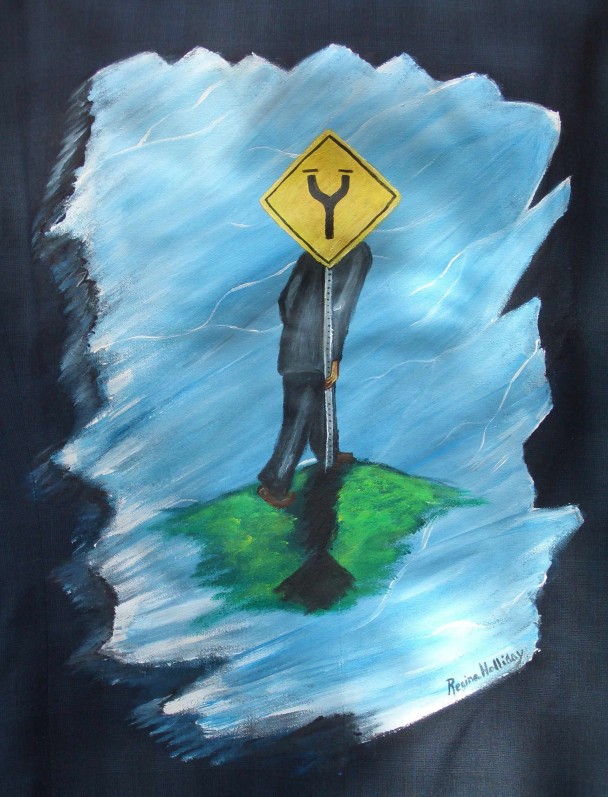I’m poised to help a media outlet test and promulgate a tool to help its large follower base to share their stories—and honored to be one of thee out of almost 1500 social media feed subscribers to be asked.
Yet I remain as troubled as ever by the role of stories (about which I’ve chronicled before in this blog) in the harmed patient and future patient communities.
Due to reflecting on deficiencies I experienced today, again, throughout another well-intentioned end of life panel discussion, I’m in a deep, troubled state of mind. A new metaphor has occurred to me about the role of stories. It goes quite against the current grain. That’s me; ever the contrarian. Am I disliked for it?…wouldn’t change me.
When I last addressed storytelling’s dark side (at the link above), May 2011, I wrote to beware when offering your story, that it end up being used simply and solely as a foil against which experts could pontificate while your hard won lessons went unasked about and unexpressed. Most patient activists, even if not authors or aspiring speakers, want to offer and express their lessons.
Today I’ll write about stories as clothing, as emotional shelter.
It’s evident to me that stories’ goodness is garment-deep. I see listeners/readers putting on and swapping peoples’ stories as if trying on clothes. In a way, it’s survival; we all want, and need, to be warm. In a way, it’s all fashionable; we gather, commune, feel full. And we are full, of important humanity.
Yet I see stories being clung to in a vain attempt to stave off the cold. Yes, stories are inspirational. I question to what degree, if any, they are actionable. Listening is not acting. Stand still, get the big chill.
I challenge any listener to even my complete story to walk away with one grain of actionable support. Resolve can be a very cheap date—to coarsify a studied sentiment being voiced by growing numbers of shrinks, ethicists, and doctors in relation to advance directives. We tend to over-resolve in advance and under-perform in the crux.
Lessons are, ahem, another story altogether. Taking in and understanding the scope of experiences leading to lessons, and those lessons—that is actionable. Vital, actually, in multiple senses of the term. Performing in the crux of a looming demise to the point of experiencing that demise peacefully requires not getting sucked into circumstances we’ve vowed to avoid. Stories can’t and won’t help us; knowledge may. The unique, uniquely expressed knowledge of citizens who’ve vowed to offer it.
Try a story on, take a stance. Understand how situations play out, make a stand.
It’s the difference between talking about the existence of something and disassembling that thing and learning our way around it. Time and again, year after year, I experience way too much talk about the existence of things and zero examination of those things (enter the typical panel discussion). The trouble is that when we come to end of life, those things loom really, really large, really really quickly. Essentially the experts say “we’ll fix things for you when you show up” when everyone knows that showing up in their realm today functionally equates to being really really broken already.
We talk of trainwreck demises, an apt metaphor. Extending that, it’s possible to sort of get slammed back into the caboose when the train starts to accordian; soften the blow a bit. But we’re still derailed, when our avowed goal was to have rolled softly off onto a siding.
How’re you gonna switch?
Another metaphor I’ve used since my early days in this realm is to “take the weight of the unspoken thing off our backs and try it on for size.” That’s a whole different type of garment. A different kind of story, an informational tale, told fold after fold until it’s laid out like a king’s cloak for all to stand upon. That’s the kind of garment we need to cloak ourselves in.
Anybody want to try that on?

